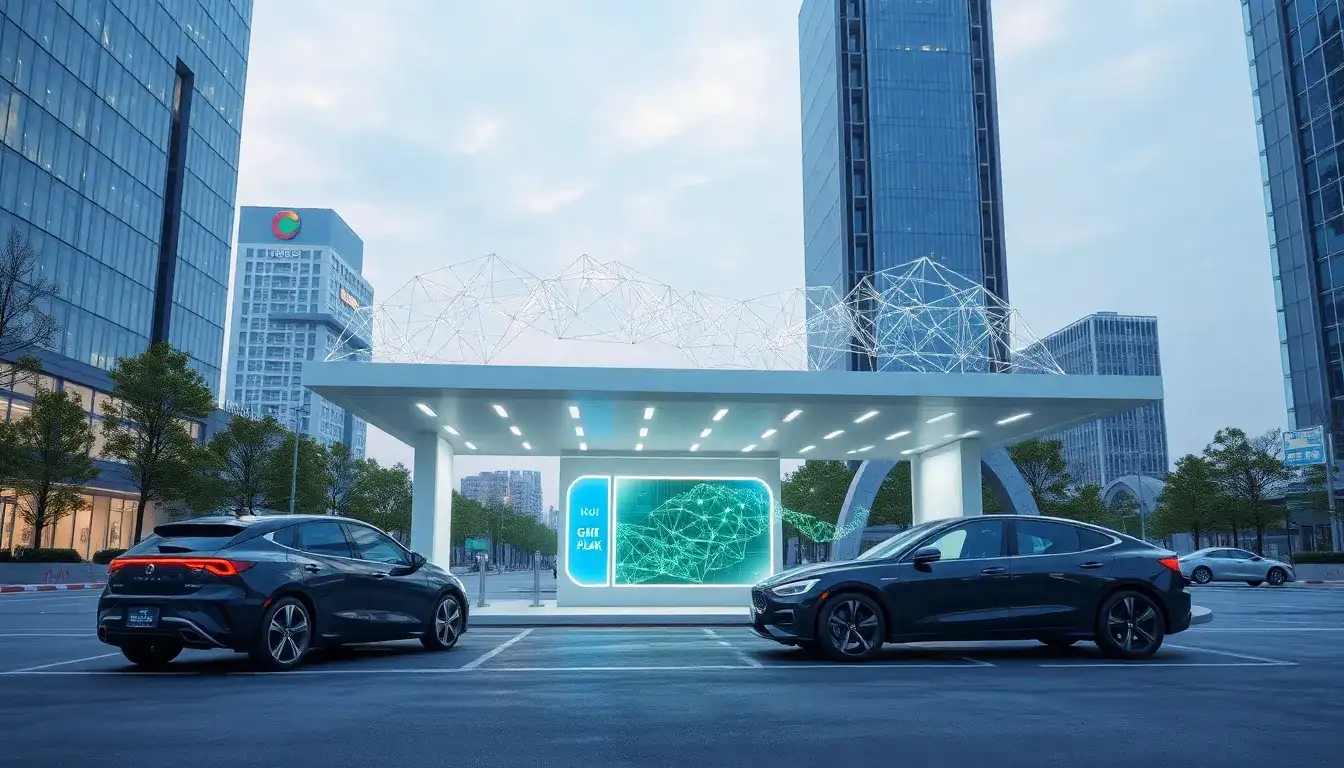
On March 11, a virtual battery swapping station with a regulation capacity of 20,000 kilowatts was launched in Suzhou, Jiangsu, marking it as the largest battery swapping virtual power plant connected to a municipal power grid in China. The State Grid Suzhou Power Supply Company utilized virtual power plant technology to efficiently aggregate dispersed battery charging and swapping resources, effectively leveraging the flexible regulation capabilities of power batteries as mobile energy storage. This initiative provides a viable model for the development of vehicle-grid interaction and the construction of new power systems.
Battery Swapping Virtual Power Plant as a New Regulator
In August 2024, the National Development and Reform Commission’s Office issued a notice promoting the large-scale application of vehicle-grid interaction pilot projects, encouraging the regular participation of charging loads in power market transactions and supporting the exploration of business models involving load aggregators in the electricity market. Currently, the new energy vehicle industry is deeply integrated with the power system, and battery swapping virtual power plants have emerged as a new business model for power grid regulation.
According to Xiong Bin, director of the marketing department at State Grid Suzhou Power Supply Company, “The battery swapping virtual power plant is a power load coordination system formed by the interaction between power grid companies and battery swapping enterprises. In this new grid system, battery swapping companies act as both electricity consumers and mobile energy storage entities, akin to a city’s ‘power bank.’ When the grid requires assistance, the battery swapping stations can flexibly adjust their loads or even discharge power back into the grid.”
NIO, a leading manufacturer specializing in the battery swapping model for new energy vehicles, has established over 100 battery swapping stations in the Suzhou area, with an installed capacity nearing 50,000 kilowatts and a full battery capacity of almost 100,000 kilowatt-hours. In April 2024, State Grid Suzhou Power Supply signed a strategic cooperation agreement with NIO to engage in in-depth collaboration on virtual power plant construction, vehicle-grid interactive intelligent microgrids, and “zero-carbon” demonstration stations.
“We have formed a project research team and successfully integrated 68 battery swapping stations in Suzhou into a new power load management system, creating a virtual power plant with adjustable capacity of no less than 20,000 kilowatts,” said Zhao Meng, a technician from the marketing department. Each battery swapping station can adjust its charging power within one minute, with an adjustment accuracy exceeding 90%. Additionally, leveraging battery management systems, these stations can flexibly increase or decrease the number of batteries based on load adjustment demands or guide users in modifying their battery swapping needs. The entire regulation process is highly controllable, ensuring normal battery swapping for users while achieving efficient allocation of electric power resources.
Vehicle-Grid Interaction Unleashes Infinite Possibilities
At 3 PM on March 11, State Grid Suzhou Power Supply conducted a joint debugging test, issuing a load reduction command through the new power load management system. The NIO “Energy Cloud” platform responded within seconds, automatically controlling the 68 battery swapping stations in Suzhou to reduce charging loads. It also enabled reverse power discharge through the Kunshan Nanxingdu battery swapping station, lasting over 30 minutes and resulting in an overall load reduction of 2,500 kilowatts, equivalent to the electricity consumption of more than 300 households. This was achieved without increasing power supply, balancing the electricity supply and demand and alleviating pressure on the grid.
Meng Fancheng, head of the operations team at Suzhou NIO Energy Co., mentioned, “This collaboration with State Grid Suzhou Power Supply is an important measure in response to policies regarding vehicle-grid interaction. Through our partnership, we have validated the adjustable capacity of battery swapping stations as distributed units, while also exploring feasible pathways for user participation in grid interaction without their active involvement.” NIO has established over 400 battery swapping stations in Jiangsu Province and more than 3,000 nationwide, indicating significant potential for aggregation in vehicle-grid interaction via virtual power plants.
Notably, the research team has made a breakthrough in reverse power discharge technology for battery swapping devices within Jiangsu Province. The NIO battery swapping station located in Kunshan High-tech Zone is considered the third generation of battery swapping stations in China. Following modifications for discharge functionality, it now not only offers conventional charging capabilities but can also discharge power during peak electricity demand periods. This upgrade transforms battery swapping stations into intelligent “power banks” for the grid, enhancing battery utilization efficiency by 50%. The station integrates cutting-edge technologies such as V2G charging piles, energy storage systems, reverse discharge devices, and AI, establishing it as a leading model of a “fully interactive” smart charging and swapping station.
“The interaction between electric vehicles and the power grid is entering a critical phase,” Xiong Bin stated. “By utilizing virtual power plant technology, we can efficiently aggregate dispersed battery charging and swapping resources, effectively leveraging the flexible regulation capabilities of power batteries as mobile energy storage. This provides a feasible model for the development of vehicle-grid interaction and the construction of new power systems.”







